Clutch Parts for Big Twin 1941-early 1984



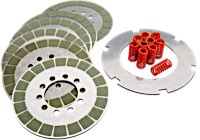
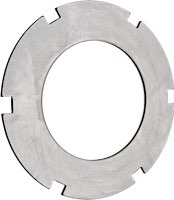

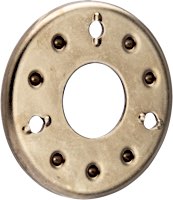


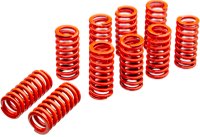
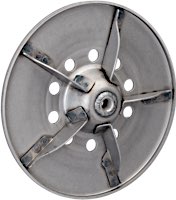
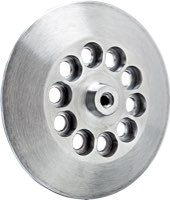
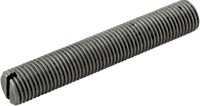
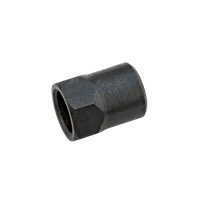
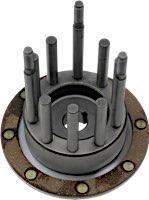
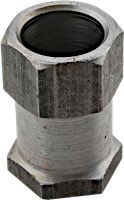

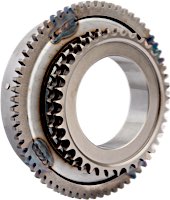
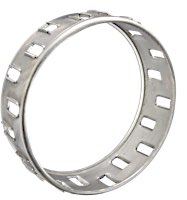
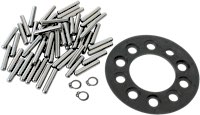
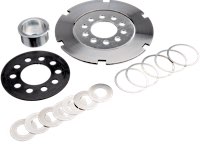


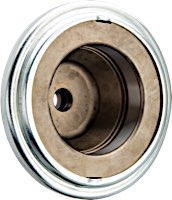
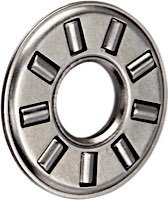
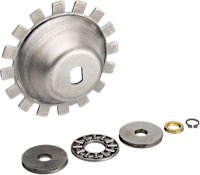
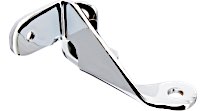
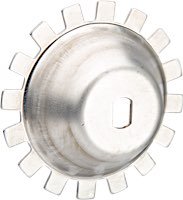
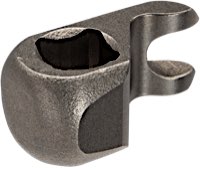




Related Topics
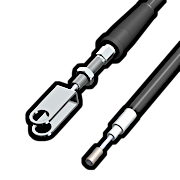
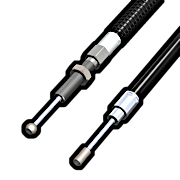
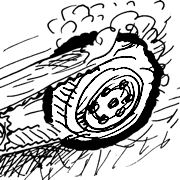
Clutches on Harley-Davidson Big Twin motorcycles from 1941 onwards
In 1941, the USA´s entry into the war was only a matter of time. Material was becoming scarce and expensive, labor was being withdrawn. Probably under the impression of these events, Harley-Davidson changed the design of the clutches. Milling or stamping grooves in clutch hubs is expensive and time-consuming. From 1941 onwards, the clutch hub therefore became a simple turned part with holes, the friction plates no longer engaged in the clutch basket, but instead sat with 10 holes on corresponding stud bolts, which were riveted into the holes in the hub. At 2.82" (71.7 mm), the bolt circle is smaller than on the 45 cuin models. The steel disks engage in the clutch basket via six grooves. This was also simplified in terms of production: the drivers are steel blocks riveted into the outer (sheet steel) shell. But with 43 years of production, this type of clutch is certainly the longest continuously manufactured clutch design to date.
What do you have to look out for with this type of clutch? Are parts from all years of manufacture interchangeable?
The long stud bolts that are riveted into the hub are often bent and worn in used models. This means that the friction disks cannot move freely. However, the stud bolts can be replaced. There are several versions of the clutch basket, for kick start, for electric start, for primary chain and primary belt. The springs are available in different strengths, with high pressure for foot clutch and mousetrap and lower pressure for manual clutch with Bowden cable only.
The springs with high pressure are originally driven with four friction disks, one of which has only one lining. For the weaker springs, five friction plates with linings on both sides are used to compensate.
My clutch is slipping! What should I do?
If the clutch is slipping, the contact pressure of the springs is not correct. However, before you simply buy the strongest Barnett springs from our range, we recommend checking the setting of the springs. It's worth taking a look at the manual. If the friction discs are worn and too thin, the clutch will also slip. Friction discs that are too thin are best replaced with new ones from Barnett, which are guaranteed to be asbestos-free. (The very old original ones probably aren't.) If you have tweaked the engine performance, there is no getting around more contact pressure: stronger springs or a disk pack with extra disks are recommended.

Have any questions?
Our service team will be glad to help out: Mondays - Thursdays 08:00-17:00 CET, Fridays 08:00-16:00 CET, Phone: +49 / 931 250 61 16, eMail: service@wwag.com